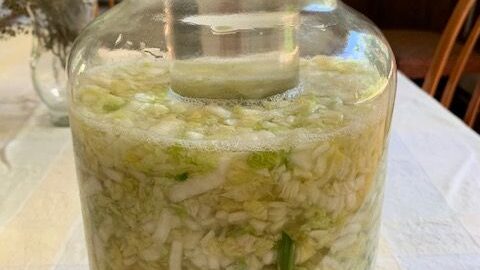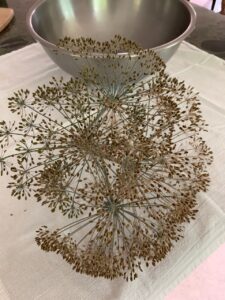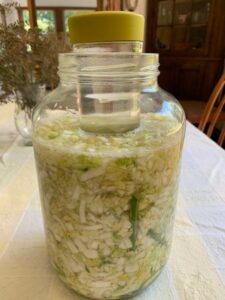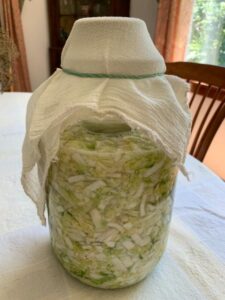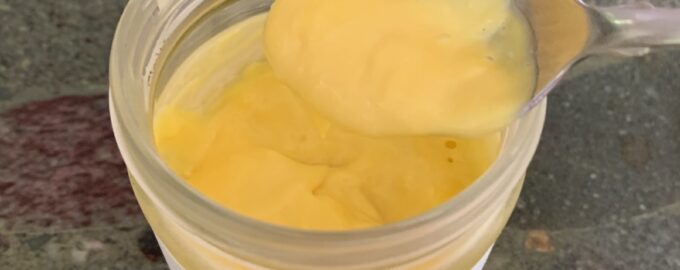In the summer when it is too hot for soup, you can use your chicken broth to make flavorful rice. If you are not making your own broth, give it a try–see a previous post for this recipe. It’s easy and economical, when you buy a whole chicken for the meat, to follow up with a batch of broth. Keep in mind that home-made broth has some fat in so I don’t add any additional oil or ghee to the rice once it is cooked.
Serves 2
1 cup organic brown basmati rice
1 cup chicken broth
1 cup water
1/2 tsp sea salt
1 Tbsp or so organic GF tamari, optional
Place broth in a sauce pan and heat it if it is a gel until it “melts”. (If it has been refrigerated and it is made correctly, it will be a gel. Again, follow the broth recipe that is linked above for really good broth.)
Rinse rice under running water and drain. Add the rice to the warmed broth and add the cup of water and salt. Bring to a boil over high heat and then immediately reduce heat to low so the mixture just simmers. Cover with a lid and continue to simmer undisturbed (don’t remove lid) for 30 minutes. Remove lid (all the liquid should be absorbed and if it isn’t continue to simmer with the lid on for another 5 minutes or so). Add tamari or salt to taste but fluff the rice with a fork to mix–gently lift the rice from the outside toward the middle. Serve immediately.
